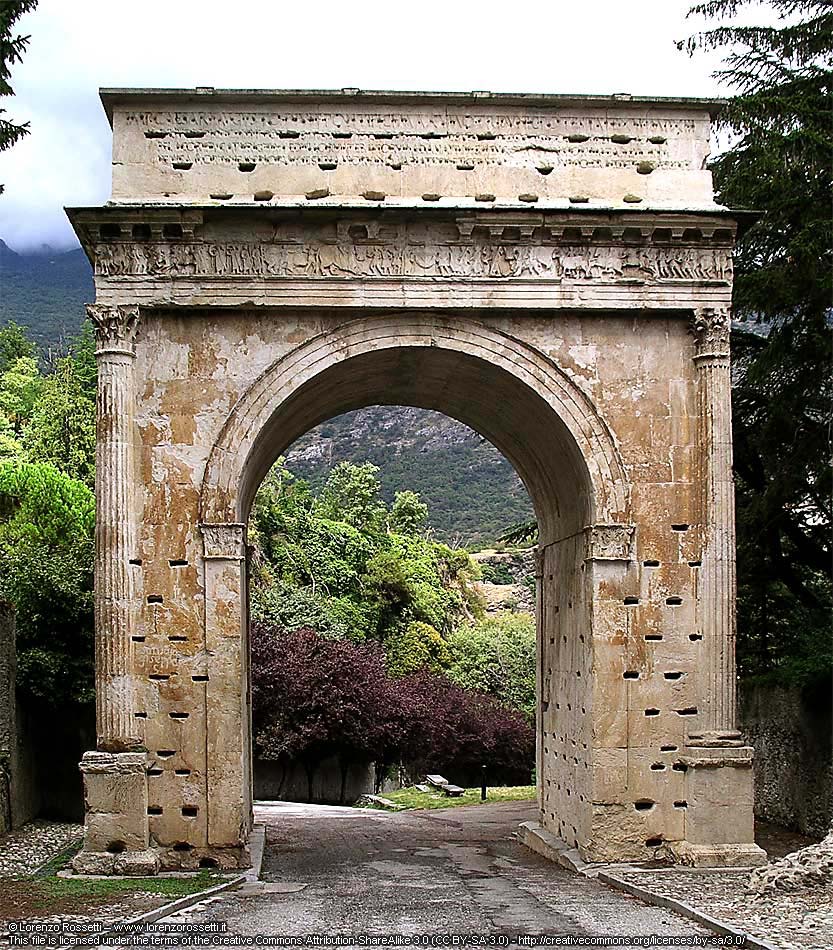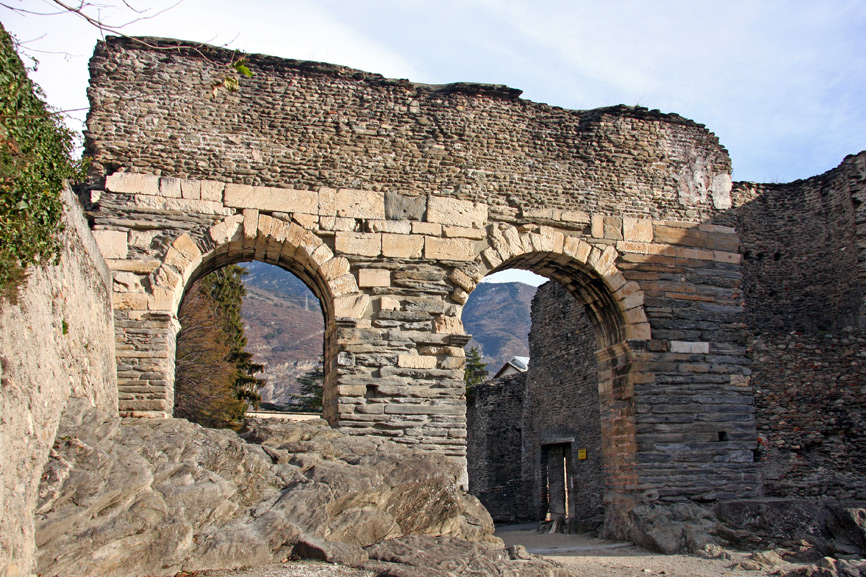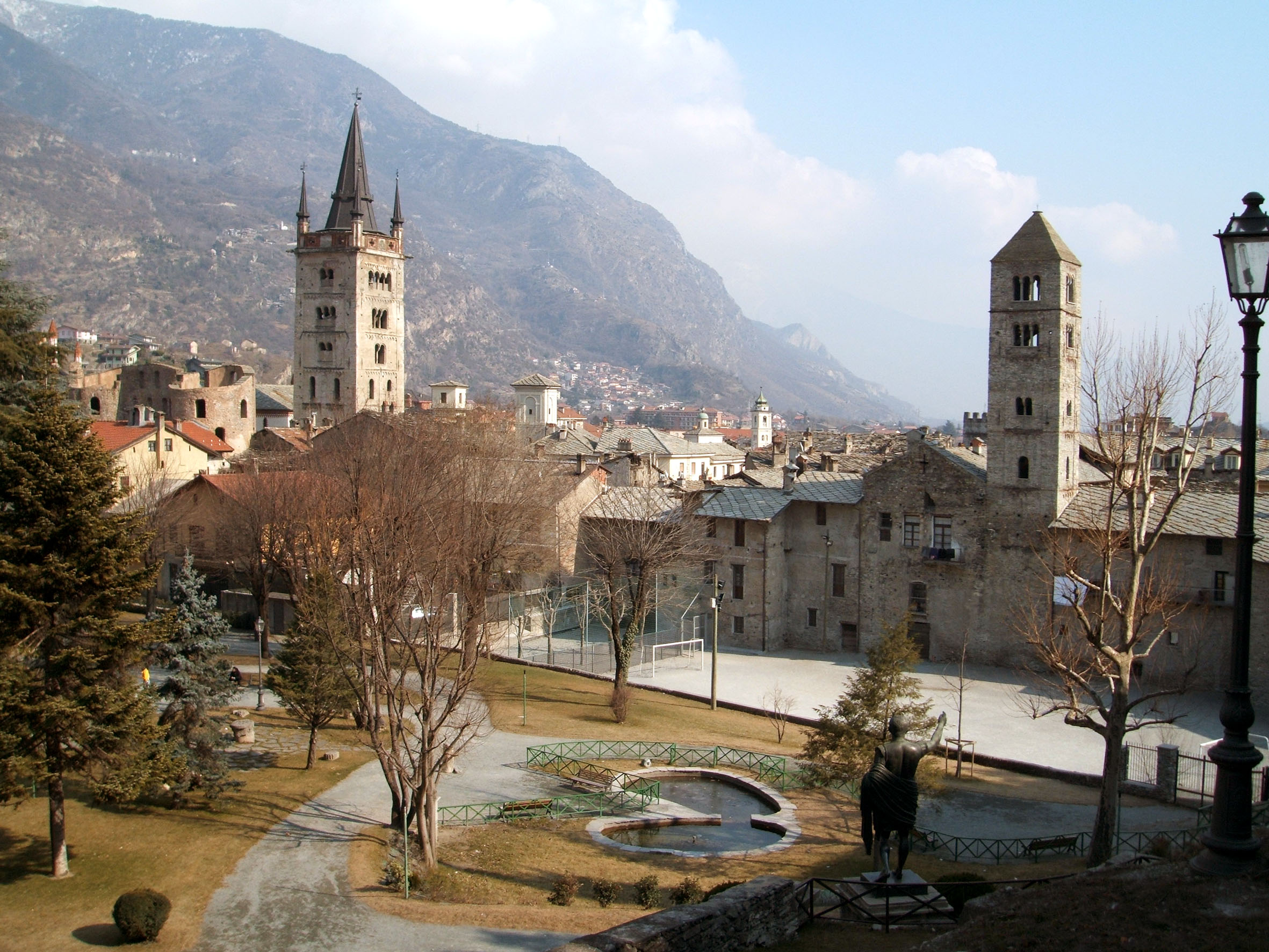|
Iemerii
The Iemerii (Gaulish: *''Iemerioi'', 'the twins') were a Celto-Ligurian tribe dwelling in the Val Chisone (Cottian Alps) during the Iron Age. Name They are mentioned as ''Iemeriorum'' on an inscription. The ethnic name ''Iemerii'' is a Latinized form of *''Iemerioi'', which can be compared with the Gaulish noun ''iemurioi'', meaning 'twins'. Geography The Iemerii lived in the Val Chisone, in the Cottian Alps. Their territory was located north of the Maielli, west of the Taurini., Map 39: Mediolanum. History They appear on the Arch of Susa, erected by Cottius Marcus Julius Cottius was King of the Celtic and Ligurian inhabitants of the mountainous Roman province then known as '' Alpes Taurinae'' and now as the Cottian Alps early in the 1st century BC. Son and successor to King Donnus, he negotiated a ... in 9–8 BC. References Bibliography * * * * {{Authority control Historical Celtic peoples Gauls Tribes of pre-Roman Gaul ... [...More Info...] [...Related Items...] OR: [Wikipedia] [Google] [Baidu] |
Arch Of Augustus (Susa)
The Arch of Augustus is an important monument constructed in the city of Susa, Piedmont, in the province of Turin. It was originally built at the end of the 1st century BC to record the renewed alliance between Emperor Augustus and Marcus Julius Cottius, a Celto-Ligurian ruler who had been made king and Roman prefect of the Cottian Alps. The arch, together with other remains from the period, such as the Roman amphitheatre and a Roman aqueduct, underscore the importance that the city of Susa had during the Roman period. Description From above, the arch forms a rectangle 11.93 metres long and 7.3 metres wide. It rests on two large bases and there is only one archway. The white marble of the arch was sourced from a nearby quarries at Fornesto and Tre Piloni. The arch has a unique arcade, in which the archivolt is supported by pilasters. The entablature rests on four Corinthian columns placed at the extremities of each corner, such that a quarter of each drum is embedded in the mon ... [...More Info...] [...Related Items...] OR: [Wikipedia] [Google] [Baidu] |
Taurini
The Taurini were a Celto-Ligurian tribe dwelling in the upper valley of the river Po, around present-day Turin, during the Iron Age and the Roman period. Name They are mentioned as ''Taurĩnoí'' (Ταυρῖνοί) by Polybius (2nd c. BC), ''Taurini'' by Livy (late 1st c. BC), ''Taurinoí'' (Ταυρινοί) by Strabo (early 1st c. AD), ''Taurinorum'' by Pliny (1st c. AD), and as ''Taurínōn'' (Ταυρίνων; var. Ταυρικῶν, Ταυρινῶν) by Ptolemy (2nd c. AD)., s.v. ''Taurini''. The ethnic name ''Taurini'' can be translated as 'the tribe of the bull'. It is either an older form of the metathesized Celtic noun ''taruos'' ('bull'), or a non-Celtic Ligurian form. Geography The Taurini lived between the Dora Riparia and the upper Po river. Their territory was located east of the Iemerii, west of the Libicii and Iadatini., Map 39: Mediolanum. Their original capital, Taurasia, was destroyed by the Carthaginians after they opposed in vain Hannibal's m ... [...More Info...] [...Related Items...] OR: [Wikipedia] [Google] [Baidu] |
Gaulish
Gaulish was an ancient Celtic languages, Celtic language spoken in parts of Continental Europe before and during the period of the Roman Empire. In the narrow sense, Gaulish was the language of the Celts of Gaul (now France, Luxembourg, Belgium, most of Switzerland, Northern Italy, as well as the parts of the Netherlands and Germany on the west bank of the Rhine). In a wider sense, it also comprises varieties of Celtic that were spoken across much of central Europe ("Noric language, Noric"), parts of the Balkans, and Anatolia ("Galatian language, Galatian"), which are thought to have been closely related. The more divergent Lepontic language, Lepontic of Northern Italy has also sometimes been subsumed under Gaulish. Together with Lepontic and the Celtiberian language, Celtiberian spoken in the Iberian Peninsula, Gaulish helps form the geographic group of Continental Celtic languages. The precise linguistic relationships among them, as well as between them and the modern Insular ... [...More Info...] [...Related Items...] OR: [Wikipedia] [Google] [Baidu] |
Celto-Ligurian
The Ligures (singular Ligur; Italian language, Italian: liguri; English language, English: Ligurians) were an ancient people after whom Liguria, a region of present-day Northern Italy, north-western Italy, is named. Ancient Liguria corresponded more or less to the current Italian region of Liguria. However, this region was much larger than today's borders. To the north the boundary was the Po (river), Po river in present-day Piedmont, to the west it was the Var (river), Var river in the Alpes-Maritimes, Alpes Maritimes, to the east it was the Magra, Magra river as is still the case . And to the south, the region has been bordered since the dawn of time by the Ligurian Sea. This region is therefore very mountainous including the south of the Alps and the Ligurian Apennines. Little is known about the Ligurian (ancient language), ancient language of the Ligurians because there are no known written records or inscriptions in it, and because it is not known where the ancient ... [...More Info...] [...Related Items...] OR: [Wikipedia] [Google] [Baidu] |
Val Chisone
The Val Chisone is one of the Occitan valleys of western Piedmont, situated in the Cottian Alps in the Metropolitan City of Turin in north-west Italy. Geography Traditionally, the valley's entrances are considered the towns of Pinerolo and Sestriere. It is bounded by the Val di Susa (to which it is connected by the Sestriere Pass, at ) to the north and east, the Val Sangone to the north, the Val Pellice to the south, while eastwards is the plain of the Po Valley. The valley is crossed by the torrent from which it takes its name, the Chisone. The valley has a main branch, the Valle Germanasca, and a smaller branch in the area of Pragelato, Parco naturale Val Troncea, a nature park, an ideal destination for hikers, snowshoe hikers and cross-country skiers. History For centuries the Val Chisone was an object of contention between the Duchy of Savoy and the Kingdom of France. The upper valley (Val Pragelato) was part of the French Dauphiné, while the lower valley (Val Perosa) was ... [...More Info...] [...Related Items...] OR: [Wikipedia] [Google] [Baidu] |
Cottian Alps
The Cottian Alps (; french: Alpes Cottiennes ; it, Alpi Cozie ) are a mountain range in the southwestern part of the Alps. They form the border between France (Hautes-Alpes and Savoie) and Italy (Piedmont). The Fréjus Road Tunnel and Fréjus Rail Tunnel between Modane and Susa are important transportation arteries between France (Lyon, Grenoble) and Italy (Turin). Etymology The name ''Cottian'' comes from '' Marcus Julius Cottius'', a king of the tribes inhabiting that mountainous region in the 1st century BC. Under his father Donnus, these tribes had previously opposed but later made peace with Julius Caesar. Cottius was succeeded by his son Gaius Julius Donnus II (reigned 3 BC-4 AD), and his grandson Marcus Julius Cottius II (reigned 5-63 AD), who was granted the title of king by the emperor Claudius. On his death, Nero annexed his kingdom as the province of Alpes Cottiae. History For a long part of the Middle Ages the Cottian Alps were divided between the Duchy of Savoy ... [...More Info...] [...Related Items...] OR: [Wikipedia] [Google] [Baidu] |
Iron Age Europe
In Europe, the Iron Age is the last stage of the prehistoric period and the first of the protohistoric periods,The Junior Encyclopædia Britannica: A reference library of general knowledge. (1897). Chicago: E.G. Melvin. (seriously? 1897 "Junior" encyclopedia? which initially meant descriptions of a particular area by Greek and Roman writers. For much of Europe, the period came to an abrupt end after conquest by the Romans, though ironworking remained the dominant technology until recent times. Elsewhere, the period lasted until the early centuries AD, and either Christianization or a new conquest in the Migration Period. Iron working was introduced to Europe in the late 11th century BC, probably from the Caucasus, and slowly spread northwards and westwards over the succeeding 500 years. For example, the Iron Age of Prehistoric Ireland begins around 500 BC, when the Greek Iron Age had already ended, and finishes around 400 AD. The use of iron and iron-working technology became w ... [...More Info...] [...Related Items...] OR: [Wikipedia] [Google] [Baidu] |
Corpus Inscriptionum Latinarum
The ''Corpus Inscriptionum Latinarum'' (''CIL'') is a comprehensive collection of ancient Latin inscriptions. It forms an authoritative source for documenting the surviving epigraphy of classical antiquity. Public and personal inscriptions throw light on all aspects of Roman life and history. The ''Corpus'' continues to be updated in new editions and supplements. CIL also refers to the organization within the Berlin-Brandenburg Academy of Sciences and Humanities responsible for collecting data on and publishing the Latin inscriptions. It was founded in 1853 by Theodor Mommsen and is the first and major organization aiming at a comprehensive survey. Aim The ''CIL'' collects all Latin inscriptions from the whole territory of the Roman Empire, ordering them geographically and systematically. The earlier volumes collected and published authoritative versions of all inscriptions known at the time—most of these had been previously published in a wide range of publications. The descr ... [...More Info...] [...Related Items...] OR: [Wikipedia] [Google] [Baidu] |
Cottius
Marcus Julius Cottius was King of the Celtic and Ligurian inhabitants of the mountainous Roman province then known as '' Alpes Taurinae'' and now as the Cottian Alps early in the 1st century BC. Son and successor to King Donnus, he negotiated a dependent status with Emperor Augustus that preserved considerable autonomy for his country, making him a Roman governor, and adopted Roman citizenship. Early relationship with Rome The friendship between Cottius's realm and Rome goes back at least to the reign of his father King Donnus; there is numismatic evidence which suggests that Donnus established friendly relations with Julius Caesar. As Caesar needed to cross the Cottii Regnum in 58 BC on his way to Gaul, he made an agreement with King Donnus to have his troops transported on his road as well as having a new paved road being built.Cornwell, H., Alpine Reactions to Roman Power, in Varga, R., Rusu-Bolindeț, V., (eds) Official Power and Local Elites in the Roman Provinces, p. 59 Thi ... [...More Info...] [...Related Items...] OR: [Wikipedia] [Google] [Baidu] |
Historical Celtic Peoples
History (derived ) is the systematic study and the documentation of the human activity. The time period of event before the invention of writing systems is considered prehistory. "History" is an umbrella term comprising past events as well as the memory, discovery, collection, organization, presentation, and interpretation of these events. Historians seek knowledge of the past using historical sources such as written documents, oral accounts, art and material artifacts, and ecological markers. History is not complete and still has debatable mysteries. History is also an academic discipline which uses narrative to describe, examine, question, and analyze past events, and investigate their patterns of cause and effect. Historians often debate which narrative best explains an event, as well as the significance of different causes and effects. Historians also debate the nature of history as an end in itself, as well as its usefulness to give perspective on the problems of the p ... [...More Info...] [...Related Items...] OR: [Wikipedia] [Google] [Baidu] |
Gauls
The Gauls ( la, Galli; grc, Γαλάται, ''Galátai'') were a group of Celtic peoples of mainland Europe in the Iron Age and the Roman period (roughly 5th century BC to 5th century AD). Their homeland was known as Gaul (''Gallia''). They spoke Gaulish, a continental Celtic language. The Gauls emerged around the 5th century BC as bearers of La Tène culture north and west of the Alps. By the 4th century BC, they were spread over much of what is now France, Belgium, Switzerland, Southern Germany, Austria, and the Czech Republic, by virtue of controlling the trade routes along the river systems of the Rhône, Seine, Rhine, and Danube. They reached the peak of their power in the 3rd century BC. During the 4th and 3rd centuries BC, the Gauls expanded into Northern Italy ( Cisalpine Gaul), leading to the Roman–Gallic wars, and into the Balkans, leading to war with the Greeks. These latter Gauls eventually settled in Anatolia, becoming known as Galatians. After the ... [...More Info...] [...Related Items...] OR: [Wikipedia] [Google] [Baidu] |





.jpg)
